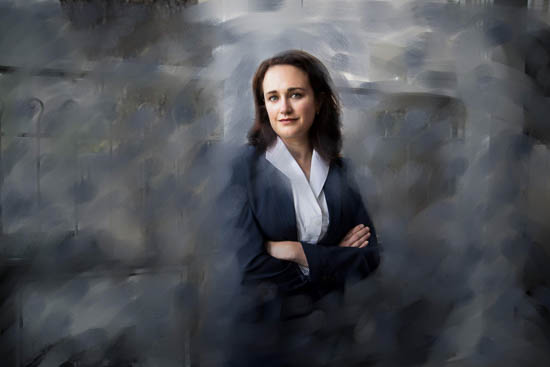
Images has gone through an enormous transformation over the past number of a long time. From movie rolls and darkrooms to mirrorless cameras and AI modifying, the evolution has become speedy and relentless. What was when an analog craft now leans heavily to the digital realm, and For a lot of photographers, this shift offers each opportunity and challenge. People who are unsuccessful to adapt chance remaining still left driving in the aggressive market wherever being current is important. Understanding how photography has advanced is the initial step in recognizing the value of being aligned with today’s chopping-edge equipment and methods.
Before, a photographer’s skill was calculated mostly by their capability to do the job with manual settings, lighting, movie sorts, and Bodily prints. Establishing photographs required chemical information and entry to a darkroom. However, digital cameras disrupted the status quo, generating images extra obtainable and less expensive. With the increase of DSLRs and mirrorless systems, photographers no longer required film or improvement labs. Quick impression previews, greater ISO abilities, And large storage possibilities meant photographers could shoot far more, experiment freely, and find out speedier. But this electronic growth also released new difficulties—competition improved, and simply possessing an excellent digicam was no longer enough to stick out.
Right now, the photography industry is deeply intertwined with technologies. AI-pushed modifying equipment like Lightroom’s issue masking or Photoshop’s generative fill have redefined put up-processing. Platforms like Skylum Luminar and Topaz Labs offer noise reduction and impression upscaling that will are actually difficult check here ten years in the past. Even smartphones, once mocked by pros, now deliver high-resolution RAW visuals and offer Superior capabilities like portrait manner, night time images, and serious-time HDR. The playing area has shifted substantially, and traditionalists have to acknowledge that newer technological more info innovation generally boosts in lieu of diminishes the art of images.
Beyond hardware and computer software, technological know-how now dictates how photographers hook up with consumers and increase their companies. Social media marketing platforms, SEO-optimized websites, check here and automatic scheduling units are essential for advertising and marketing and outreach. Google My Organization profiles, geotagged photographs, and online testimonials frequently figure out whether or not a consumer chooses just one photographer above An additional. Specialists who stay offline or rely solely on phrase-of-mouth marketing get more info and advertising Restrict their exposure and opportunity advancement. Embracing these digital applications doesn’t just help photographers stay pertinent—it permits them to work smarter and access broader audiences additional efficiently.
The rise of AI in images is particularly transformative. Artificial intelligence can now evaluate facial characteristics to vehicle-suitable lights, clean pores and skin, and even swap backgrounds in only one click. AI-pushed culling program allows photographers sift as a result of A large number of shots, selecting the right photos check here depending on expression, sharpness, and composition. In-studio, AI-Increased lights techniques routinely adjust publicity and stability based on topic placement. These tools don’t change the photographer's creative eye—they amplify it. Those who devote time in Mastering AI capabilities obtain a aggressive edge in the two pace and top quality.
In summary, photography is no more almost mastering the shutter or being aware of the golden hour. It’s about adaptability. The craft is becoming a dynamic combination of art, science, and technological innovation. Photographers who are prepared to evolve—who understand new application, invest in smarter equipment, and embrace AI and electronic advertising—are superior positioned for very long-phrase accomplishment. Those who resist, clinging to outdated techniques or dismissing technological trends, might soon locate themselves irrelevant in a quick-paced Visible entire world. To remain aggressive and inventive, photographers should don't just keep up with the evolution of pictures—they have to guide it.